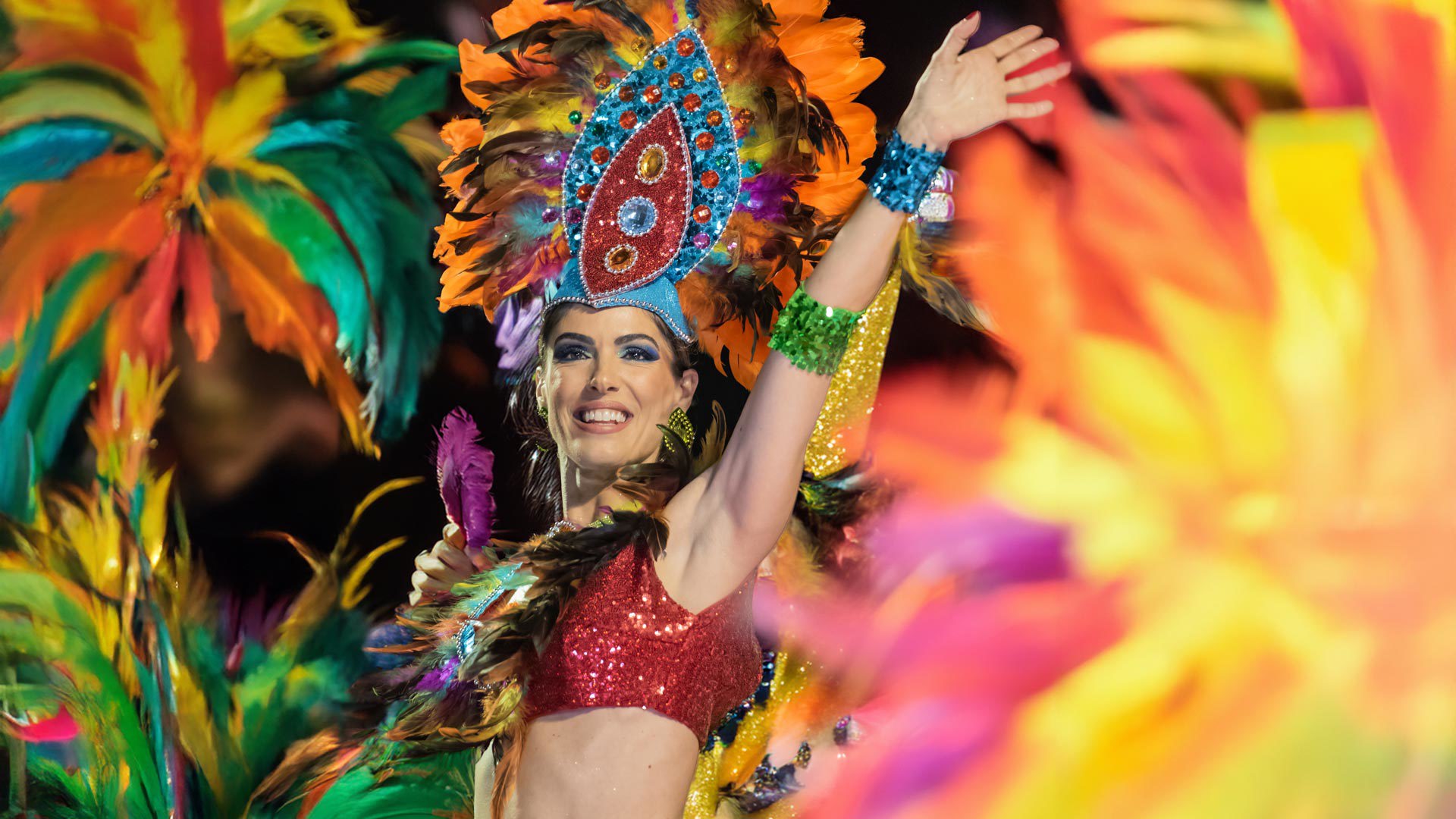In February, while the rest of Europe takes shelter from the cold winter temperatures, in Madeira, Carnival brings everyone out onto the streets. As the first event of the year on the Tourist Entertainment Calendar, Carnival brings joy and liveliness back into Madeirans' lives. After a quiet month of January, when people are still recovering from the Christmas and New Year festivities, Carnival gets to everyone - even those with the hardest laughs - like an explosion of joy and fun. Here, Carnival is dear to us, perhaps because of the ancient and intimate relationship our people have with the festivity itself.
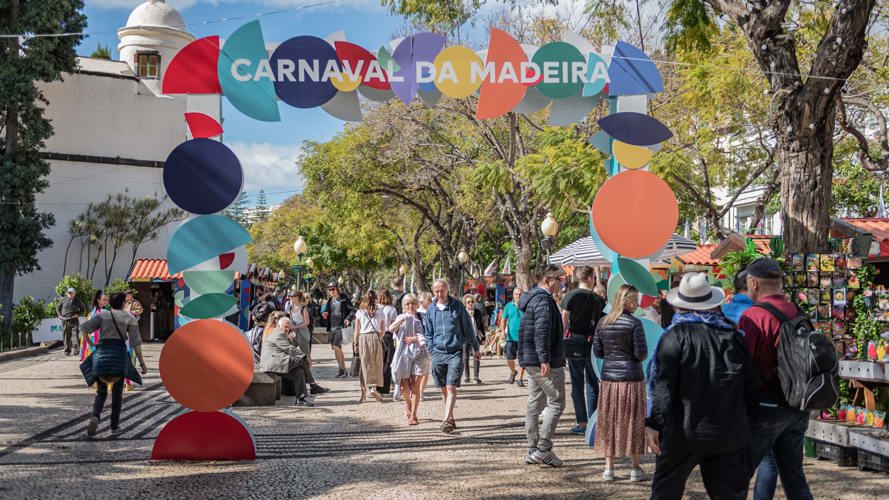
It is known that Carnival festivities in Madeira date back to the 16th century and coincide with the golden age of sugar cane production on the island, as a fusion of European, African and pagan traditions. More than 500 years later, festivities evolved and became much more daring, but the touch of sugar cane remains in the honey (from sugar cane) that we use to drizzle over our delicious malassadas - delicacies one can find everywhere at this time of year. Wandering along our streets, one will certainly smell them.
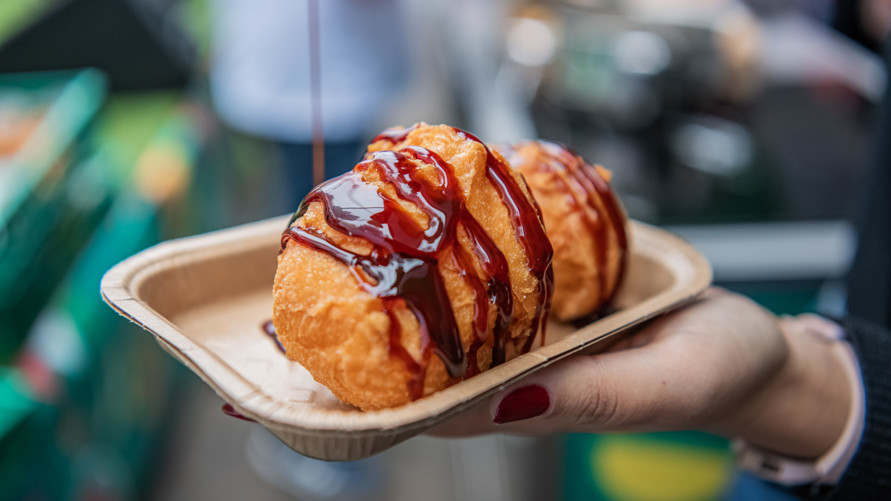
Want to know what Madeira's Carnival is made of? Grab the most colourful confetti and join us. We'll show everyone the most memorable moments of our festivities
A tourist attraction since the 1980s, the Allegoric Parade is a tradition that is reinvented and modernised every year, attracting many travellers to Madeira. If the idea of watching is tempting, imagine the thrill of joining. Did you know it's possible? One only needs to enrol in one of Madeira's many samba schools and attend a few rehearsals.
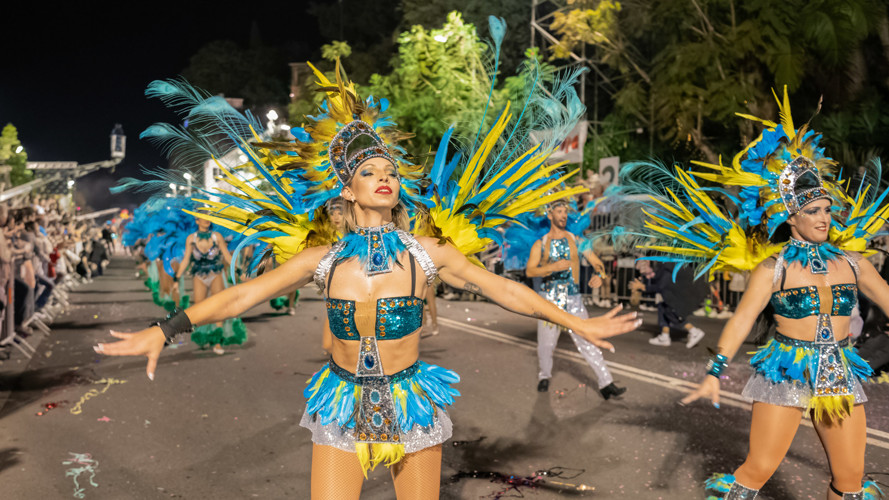
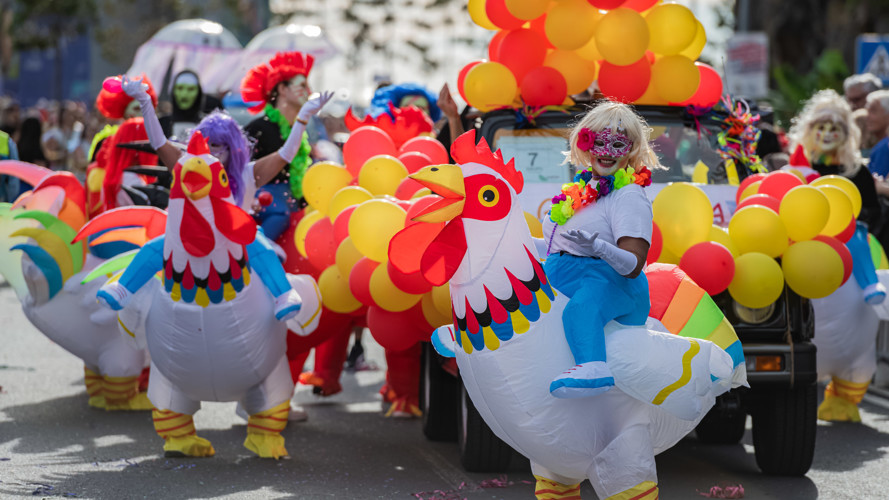
Although Funchal is the epicentre of the celebrations, Carnival festivities occur all over the archipelago. The Compadres Feast takes place in Santana, in the north of the island, and kicks off Madeira's Carnival. There are several days of festivities, similar to a traditional festival, with music, entertainment, regional cuisine and, above all, lots of humour. The highlight of this celebration? The trial of the 'compadres', through a scathing play, with hints of improvisation, that puts these figures at the centre of a plot, with plenty of satire. The moment culminates with the condemnation of the 'compadres', represented by the burning of giant dolls. Sounds like fun? We guarantee it.
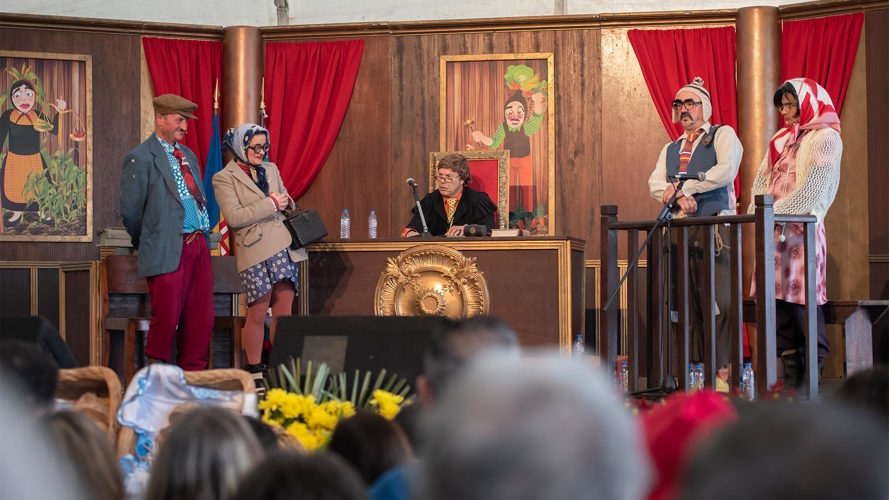
The Allegoric Parade is undoubtedly the most spectacular moment of Madeira's Carnival and the reason why it became one of the main events on the archipelago's tourist programme. On the Saturday before Shrovetide, night falls with anticipation in Funchal, and the city's main avenues are closed to traffic and open to thousands of revellers who turn them into a lively sambadrome. Boldness and irreverence are the keywords of this bright parade, where glitter, feathers and sequins battle it out and vie for viewers' attention, while (partially) covering the dancing bodies of the participants, bearing smiles on their faces and samba on their feet.
A tourist attraction since the 1980s, the Allegoric Parade is a tradition that is reinvented and modernised every year, attracting many travellers to Madeira. If the idea of watching is tempting, imagine the thrill of joining. Did you know it's possible? One only needs to enrol in one of Madeira's many samba schools and attend a few rehearsals.

For those who like to 'dress up', Shrove Tuesday is the day to go out and show off your disguise. The name may not be appealing, but fun is more than guaranteed and the moment is cherished by all Madeirans. The Slapstick Parade is the most genuine manifestation of Madeira's Carnival and that which most reflects the island's festive tradition. Records suggest that Carnival fun in the city of Funchal began at the end of the 19th century, when 'masqueraders' invaded downtown streets, wearing old clothes and improvised masks, throwing water, eggs and flour in a fierce battle that sometimes even challenged authority figures.

Two centuries later, eggs and flour gave way to colourful and fun serpentines and confetti, although for some, water balloons are still part of the fun, relying on the saying 'It's Carnival, nobody takes it personally'.
For almost two weeks, Madeira's Carnival is, above all, a time to celebrate the archipelago's cultural expression, in a kind of travelling party that fills the places it goes through with glitter, magic and fun. Whether at home dances, in hotels and discos that organise theme nights, or in the parades that take place in the different municipalities, what really matters is marking the occasion, preferably by laughing until your belly hurts.
Is anyone going to miss out on this opportunity to have a blast?

